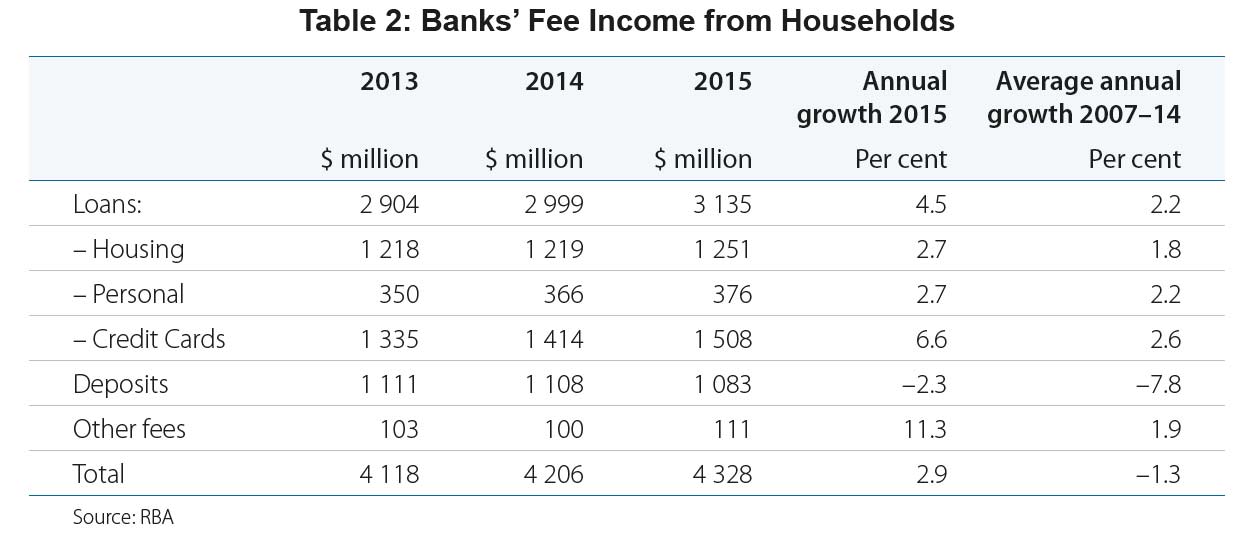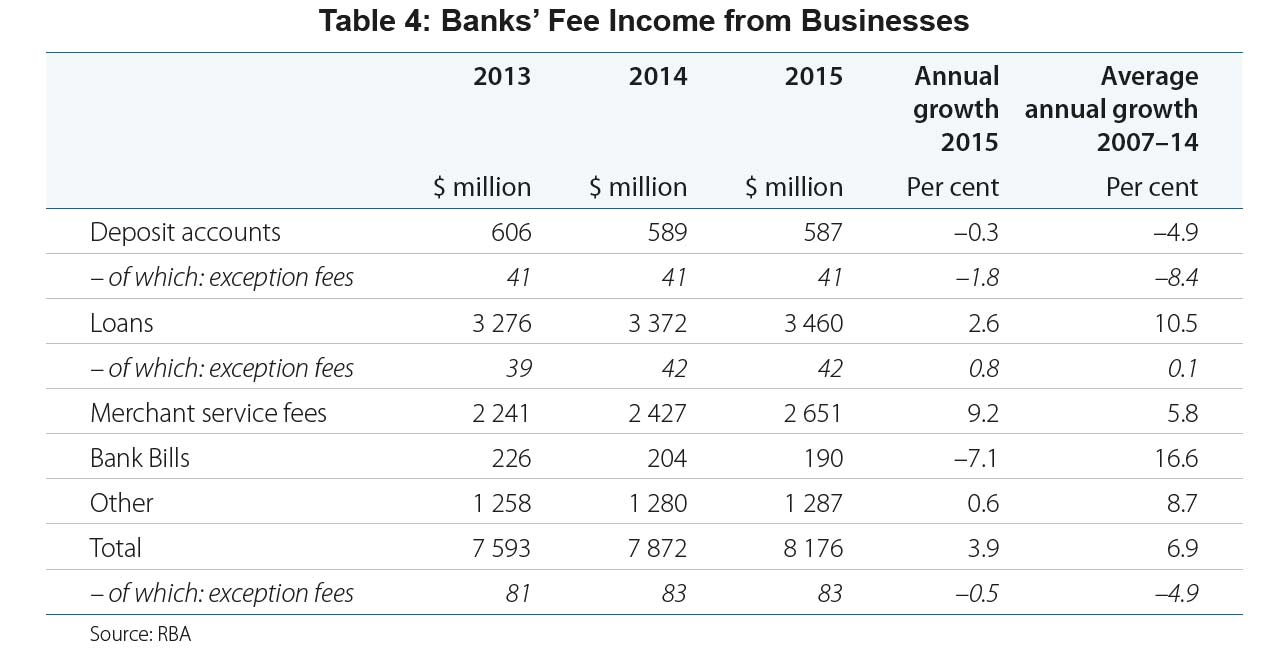The Australian Bankers’ Association has today strongly rejected the claim by Industry Super Australia that banks ‘sidestep’ Future of Financial Advice protections when advising customers on superannuation.
 They were reacting to strong claims made today by ISA:
They were reacting to strong claims made today by ISA:
The big four banks have been luring people away from industry super funds and into poorer performing super products, an industry super advocacy group claims.
Industry Super Australia says there has been a significant increase in people signing up to bank-owned super funds as the major banks ramp up their over-the-counter superannuation sales advice.
Industry Super’s chief executive David Whiteley says the banks’ super products typically delivered lower investment returns than industry super funds.
“There’s a real risk now of people walking into a bank and ending up as a member of a super fund that is worse than the fund they were already a member of,” he told AAP on Tuesday.
“The implication for the consumer is that they’ll retire with less, or they may have to work longer, or they will become more reliant on the aged pension.”
Mr Whiteley said the group’s analysis of data from Roy Morgan Research found that the big four banks had doubled their over-the-counter super sales advice between 2011 and 2015.
“The figures show direct advice is growing quickly and at the expense of traditional channels including financial advisers,” he said.
The research also found that customers were being switched from funds with higher net satisfaction and performance into funds with lower satisfaction and performance, he said.
And, unlike financial advisers, bank staff, who are often given incentives to sell the super products, don’t have to meet best interest obligations, he said.
“General advice direct from a bank does not need to meet the best interest obligations and it is likely the banks are using this and linked sales incentives to funnel customers into underperforming funds.”
Industry Super Australia wants banks to be required to perform a better-off test to demonstrate a customer would not be worse off if they switched funds.
It also wants a ban on all sales incentives relating to superannuation.
ABA responds:
“It is ridiculous to claim that the increase in major banks’ superannuation market share points to ‘obvious market failure’,” ABA Executive Director – Retail Policy Diane Tate said.
“Banks have made significant investment to change their practices and systems to comply with the Future of Financial Advice laws, banning conflicted remuneration and introducing a best interest duty,” she said.
“We also support new legislation to raise education, ethical and professional standards for all financial advisers.”
Ms Tate said customers want a one-stop-shop for their basic banking and financial services.
“Banks are using technology to make sure their customers have the convenience of being able to access all their products and services in one place, like using their smartphone, and with the confidence their money is secure.
“Banks have raised the competency and ethical standards of financial advisers. For example, just last month the industry announced a new way of hiring financial advisers to stop advisers with poor conduct records moving around the industry.
“We have also established an independent review into how banks pay staff and reward them for selling products and services,” she said.
“Industry super funds are competitors with banks. If only this was a campaign about doing the right thing by customers; but really it is just a competitive play,” Ms Tate said.







